If you’re a new truck driver or in a rush to get on the road it’s easy to want to skip a pre-trip inspection. But it’s essential that you take this step seriously. Many employers require a pre-trip inspection, it keeps you safe and aware of potential hazards, and if you’re stopped by law enforcement or a Department of Transportation (DOT) inspector, an infraction could result in fines which could negatively impact your wallet or your career. You shouldn’t forget that you are also not alone on the road. Doing an inspection keeps other drivers around you safe.
Pre-Trip Inspection Checklist
Each company is going to have its own checklist and its own safety process which comply with Federal Motor Carrier and Safety Administration (FMCSA) guidelines. Each State also follows the guidelines set by FMCSA when conducting a commercial vehicle inspection. Here are some basic examples of things that should be checked.
Drivers:
- Drug or alcohol use
- Use of seatbelts
- Logbook record
- Medical examiner’s certificate
- Hours of service
Trucks:
- Brakes
- Truck frame
- Tires
- Suspension
- Vehicle inspection report
- Coupling devices
- Wheels and rims
- Turn signals
- Van and trailer bodies
- Lamps on projecting loads
- Windshield wipers
- Hazmat placarding
- Brake lamps
- Tail lamps
- Headlamps
- Safe loading
- Steering mechanism
- Exhaust system
- Fuel system
Pre-trip checks are in place because not all drivers understand the importance of doing a safety check before they hop behind the wheel. When you drive a massive truck, you have a massive responsibility to keep the road and others safe. Pre-trip inspections help you catch any safety concerns, save money on vehicle repairs, and reduce liability to yourself and your company.













